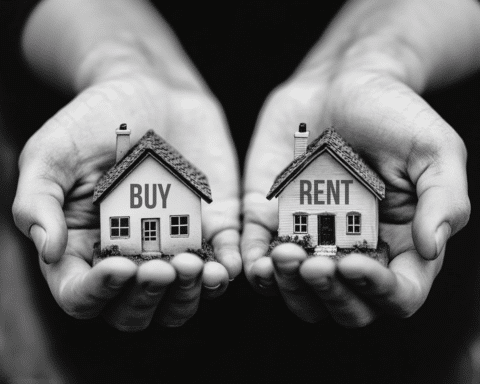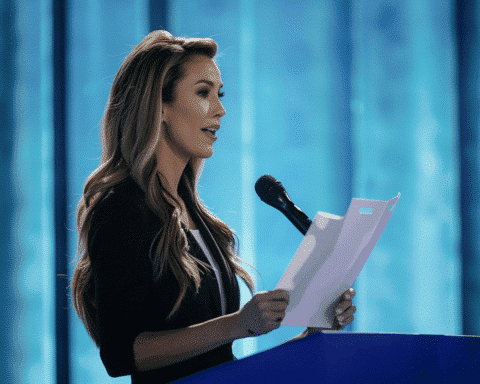In a significant shift that has captured the attention of homeowners and prospective buyers alike, US mortgage rates have surged to around 7%, marking a doubling in just three years. This surge is gradually reshaping the landscape of the housing market, with far-reaching implications for the American dream of homeownership.
Traditionally seen as a hallmark of middle-class stability, homeownership is increasingly becoming an aspirational goal attainable primarily by those with above-average wealth. The affordability gap is widening, with only a mere 16% of listings last year deemed affordable for the typical American household. Adding to the burden, the median home price has soared to a record $433,558, accompanied by escalating insurance costs and property taxes.
The consequences of these skyrocketing rates are profound. Renters, faced with the grim reality of diminishing prospects for homeownership, now express a 60% likelihood of never owning a home—a figure not seen in a decade. The dream of owning a home is slipping away for many, further exacerbating the wealth gap and entrenching a divide between those who own and those who do not.
Even wealthier homeowners, who may have initially benefitted from adjustable-rate mortgages, are not immune to the sting of rising rates. Over 1.7 million homebuyers since 2019 have opted for adjustable-rate mortgages, only to find themselves facing looming payment increases as rates reset higher.
The financial strain imposed by these soaring mortgage rates is evident. Homeowners now allocate a staggering 35% of their income toward housing, surpassing the 29% spent by renters—a stark reversal of traditional trends.
While the housing market was once buoyed by a surplus of homes, recent data suggests a looming shift. Despite a surge in construction in recent years, builders are now scaling back, potentially limiting inventory growth. This trend could perpetuate high prices even if mortgage rates were to decrease.
However, the challenges facing the housing market extend beyond financial constraints. A recent study by the San Francisco Federal Reserve highlights the long-term impacts of extreme heat on construction productivity. As temperatures rise, construction-worker productivity is expected to decline, posing a threat to investment and economic output.
The study projects a significant increase in heat stress on outdoor workers, with days per year exceeding safety thresholds expected to rise from 22 in 2020 to approximately 80 by 2100. This shift could potentially reduce the economy’s ability to produce output by 1.4% by the end of the century, leading to a corresponding decrease in consumption by 0.5%.
In the face of these challenges, the future of the US housing market remains uncertain. The dream of homeownership, once a cornerstone of the American dream, now appears increasingly out of reach for many. As mortgage rates continue to soar and construction productivity is threatened by extreme heat, policymakers and industry stakeholders face the daunting task of navigating a rapidly evolving housing landscape.
The surge in US mortgage rates to 7% is reshaping the housing market, posing significant challenges for prospective buyers and homeowners alike. As affordability diminishes and construction productivity faces threats from extreme heat, the road to homeownership becomes increasingly fraught with obstacles.




